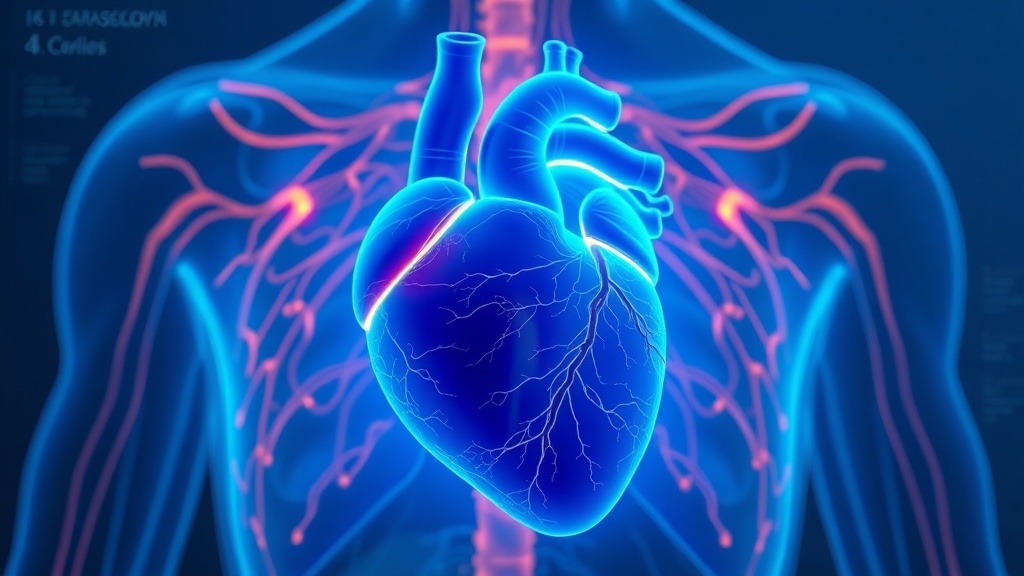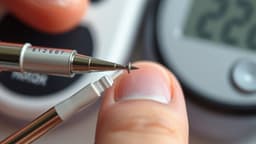Home / Health / Cholesterol's Hidden Dangers: Beyond Good and Bad
Cholesterol's Hidden Dangers: Beyond Good and Bad
26 Nov
Summary
- New research challenges traditional 'good' and 'bad' cholesterol classifications.
- High levels of 'good' HDL cholesterol may also pose health risks.
- Advanced tests reveal risky cholesterol particles missed by standard checkups.

The understanding of cholesterol is undergoing a significant shift, moving beyond the traditional 'good' HDL and 'bad' LDL categories. Recent research indicates that very high levels of HDL cholesterol, once considered purely beneficial, are now associated with increased mortality and a range of health problems, including heart disease and cancer. This complexity arises from a deeper understanding of lipoprotein particles, which exist in various forms with different health implications.
Newer scientific insights highlight specific types of LDL-like particles, such as lipoprotein(a) or Lp(a) and remnants, that pose substantial risks for premature heart disease. Worryingly, these dangerous particles often go undetected in standard cholesterol checkups. The focus is shifting towards counting apolipoprotein-B (ApoB) particles, a method endorsed in Europe, which can identify individuals with high particle numbers despite seemingly normal LDL-cholesterol levels.
This evolving scientific landscape underscores the intricate nature of the lipoprotein ecosystem. While statins effectively manage LDL, the emergence of complex and often overlooked cholesterol variants demands a more nuanced approach to risk assessment and management. Future research into the diverse roles of proteins within these particles promises further revelations in comprehending and combating cardiovascular disease.


